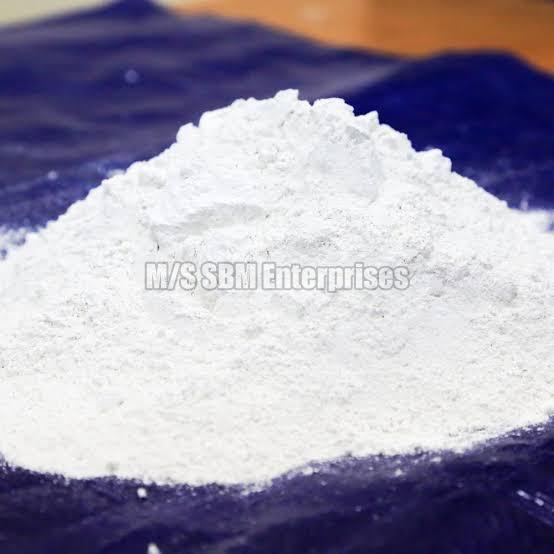-
sales@sbment.co.in -
View Mobile Number - Send SMS
- Send Email
- GST No. 21AQQPM8669M1ZY
The Top Applications And Uses Of Dolomite
Posted by Admin on December, 14, 2020

Dolomite commonly found from Dolomite powder suppliers in India, is a type of limestone, magnesium carbonate, and calcium carbonate-rich in roughly equal portions. It is commonly found worldwide. Dolomitic calcareous contains nearly five times more magnesium than normal calcareous limestone. In addition to more than 20 other trace elements, dolomite includes small concentrations of chlorine, phosphorus, and potassium.
In sedimentary environments, Dolomite is seldom present, but in rock records, dolostones are very typical. It can be sprawling and hundreds of thousands of feet high. Many Dolomite-rich rocks were initially deposited as calcium carbonate mud, which was modified after deposition by dolomite-rich pore water.
Uses of dolomite:
Dolomite has very little use as a mineral. Dolostone is, however, used immensely because of concentrations that are too large to mine.
- Acts as storage rock - Dolomite acts as a storage rock for oil and gas. A volume reduction happens as calcite is converted to dolomite. This will create rock pores, loaded with oil and/or natural gas, which migrate from other rock units. This makes the dolomite a storage stone and an oil and gas boiling destination.
- Construction industry - In the building industry, dolostone remains the most popular. It is crushed and rendered for usage in concreteness and gravel, railway ballast, rip-rap, or filling as a material for road-base use. It is often calcined and carved into blocks of special proportions known as "dimension stone." in the development of cement.
- Chemical industry - It is also valuable because of the reaction of Dolomite to acid. It is used in the chemical industry, in-stream restoration, and as a soil conditioning agent for acid neutralization.
- Other industrial application - Dolomite is used in the manufacture of glass, bricks, and ceramics as the source for magnesia (MgO), an animal feed additive, sintering, and metal processing flux.
- Acts as host rock - For several deposits of lead, zinc, and copper, Dolomite acts as the host rock. When hot, acidic hydrothermal solutions are built up by the fracture system which meets the dolomite rock unit. Such solutions react with dolomite, contributing to pH decrease, which allows metals from the solution to precipitate.
- Powdered application - Dolomite applications are driven by the innate differences between Dolomite powder and calcite. Because of its improved hardness and density, Dolomite Powder is selected for various architectural and building industrial applications. Dolomite is favoured for asphalt and concrete uses for its high strength and toughness as a filler.
- As a mineral source - For a variety of applications, only Dolomite could be used in the production of glass and ceramics, as an iron pelletizing sintering agent, and also as an influx agent in the production of steel. For agricultural pH power, farmers use dolomite. Magnesium salts include magnesium, magnesium oxide (MgO), which is used in pharmaceuticals, are produced using mineral dolomite in the chemical sector.
Final Words:
Dolomite Powder use as an industrial mine was considerably smaller than Silestone, largely because of the relative lack of high luminosity of dolomite deposits. The dolomite altering method appears to create more impurities that decrease the luminosity or stain the stone either grey or dark. There are many uses of calcium carbonate in regions of high visibility dolomites.
Leave a Comment